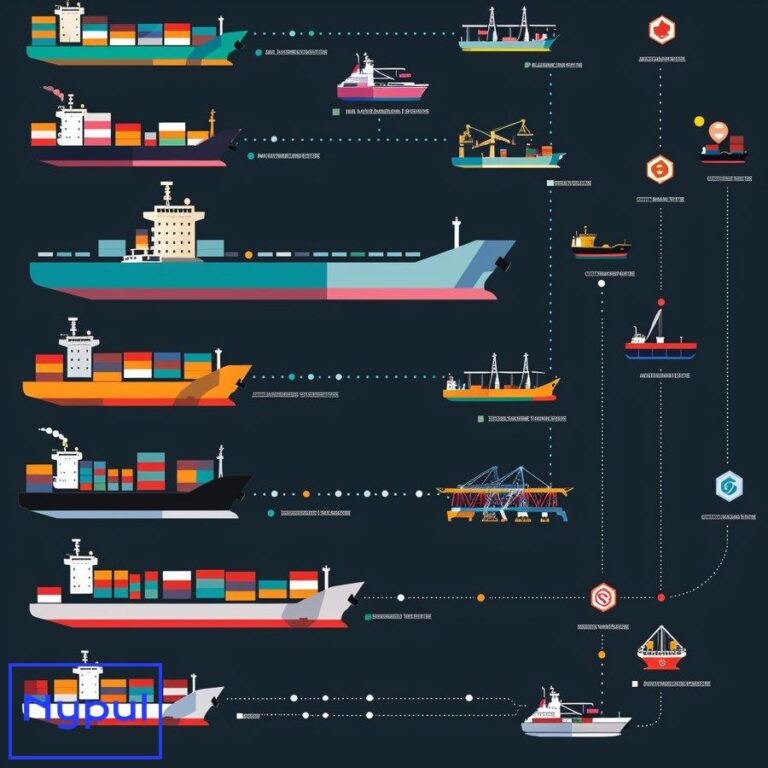How Do You Check a Container Seal
What are container seals and why are they important? Container seals are crucial security devices used in the shipping industry to safeguard cargo integrity and prevent unauthorized access during transit. These small but significant components play a vital role in maintaining the security of goods transported across the globe. Container seals are typically made of…









